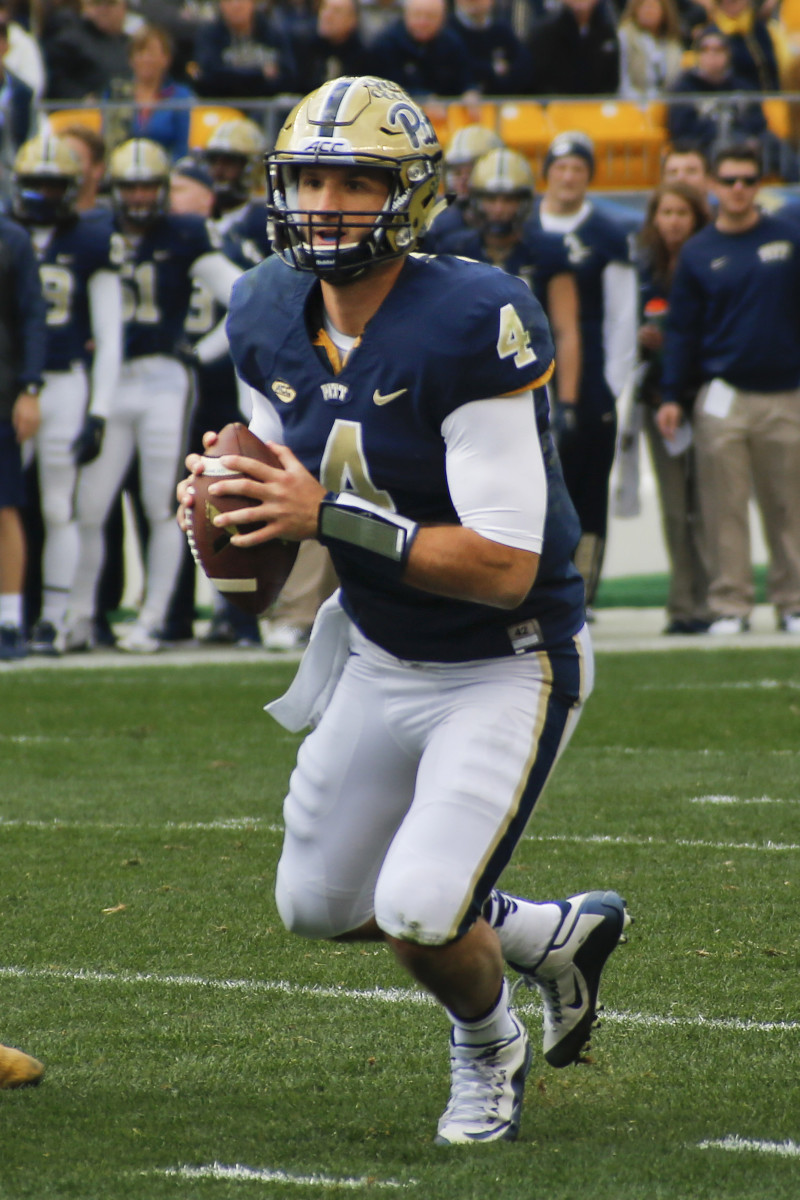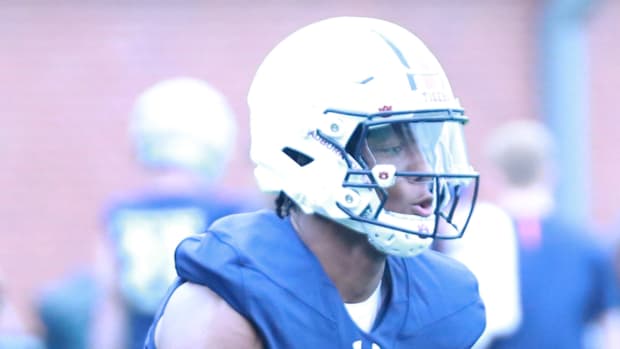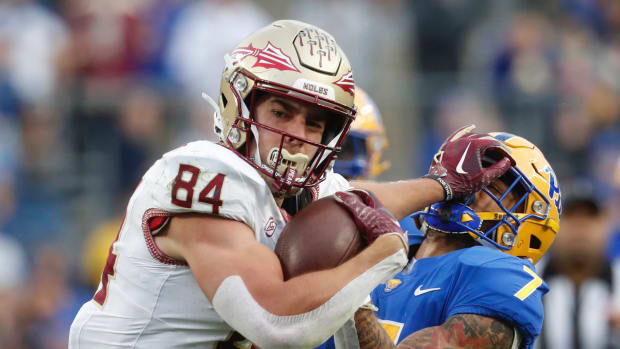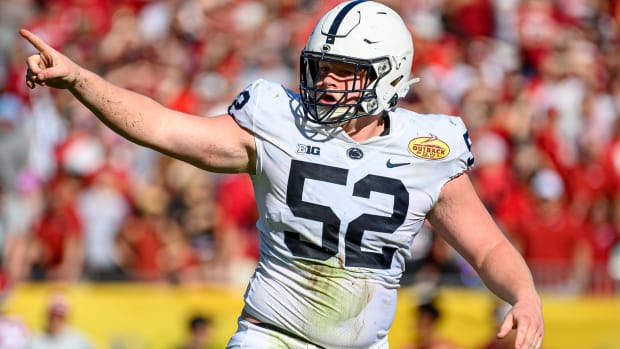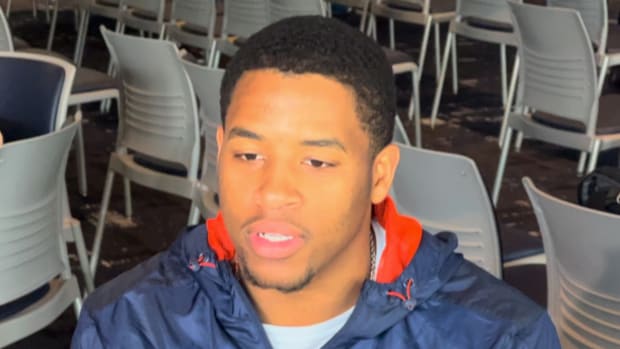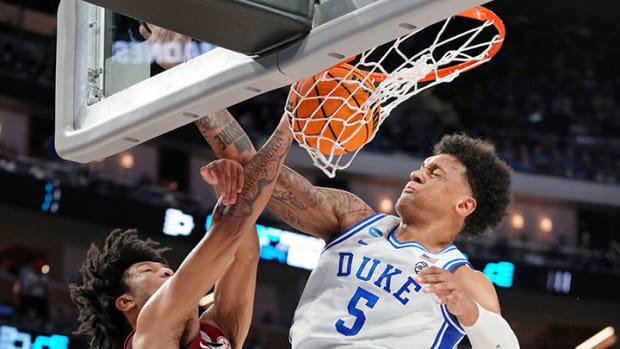Graduate transfers making impact in ACC
PITTSBURGH (AP) Nathan Peterman noticed when Russell Wilson bolted N.C. State for Wisconsin in 2011 as a graduate transfer, but only in a ''hey, isn't that interesting'' kind of way.
At the time, Peterman was a senior in high school and prepping for a career at Tennessee. He spent three sometimes frustrating years with the Volunteers, where his accomplishments in the classroom far outpaced his opportunities on the field. By December, 2014 Peterman had already earned a degree in communications and the right to explore his options under NCAA guidelines that allow graduate transfers to play immediately rather than be forced to sit out a season.
Then Peterman's thoughts drifted back to Wilson, who used his one spectacular season with the Badgers as a springboard to the NFL.
''(He) kind of set it off for everybody,'' Peterman said.
A couple of phone calls and Peterman found a new home in Pittsburgh. The Panthers were in the midst of retooling under first-year head coach Pat Narduzzi, who just so happened to hire Jim Chaney as offensive coordinator. Chaney served in the same capacity at Tennessee from 2009-12, playing a major role in the Volunteers landing Peterman and was looking for someone who could step in and compete with incumbent Chad Voytik for the starting job.
Ten months later, Peterman is thriving and so are the Panthers. Pitt (7-3) is already assured of its best regular season since 2010 and Peterman is showcasing the savvy decision making and sneaky arm strength that enamored Chaney in the first place.
''I went to my first place not expecting to transfer and to come here was just an unbelievable opportunity and I can't be thankful enough for it,'' Peterman said. ''To have coach Chaney here and to know the offense already and to have the guys here just welcome me with open arms is a great opportunity.''
Blame it on Wilson, whose high-profile success during his brief stint in Wisconsin has turned a trickle into a trend.
While graduate transfers are relatively common in college basketball - Connecticut coach Kevin Ollie has turned it into a cottage industry - it's rarer in football due in part to the complexity of learning a new system in a short amount of time and increased competition (there are 85 players gunning for 22 starting spots in football as opposed to a 12-15 players searching for five starting spots in hoops).
''I don't know if we had any at Michigan State through all of the years,'' said Narduzzi, who was defensive coordinator for the Spartans before taking over at Pitt last December. ''Again, it's not something you go look for. There's more and more every year.''
Peterman is one of a handful of graduate transfer quarterbacks who have started in the league this fall, though he might be having the best season of the bunch. Everett Golson, a star at Notre Dame in 2014, was benched this week at Florida State in favor of Sean Maguire and Virginia Tech's Michael Brewer missed five games after breaking his collarbone in the opener against Ohio State.
Not all graduate transfers, however, do it for the chance to see the field on Saturdays.
When former Stanford reserve quarterback David Olson and Clemson coach Dabo Swinney talked about Olson joining the Tigers in 2014 for the chance to finish up his college career close to his hometown in Columbia, South Carolina, Swinney didn't lay out the red carpet.
''I told him, you've got no chance to be the starter or the backup,'' Swinney said. ''I needed a scout-team guy. I needed four because I only had three. So it was an opportunity for him. He wanted to get back this way and go to graduate school.''
It was an agreement that worked out for both parties, though Swinney doesn't expect to make it a habit.
''We won't make a living doing that here because I believe in developing our guys, and kind of building our team through the draft,'' Swinney said.
And who can blame him with the top-ranked Tigers unbeaten and eyeing a spot in the College Football Playoff? For other programs further down the food chain, graduate transfers can provide rebuilding programs with experienced players eyeing one last shot.
Wake Forest coach Dave Clawson knew he had only five fifth-year players heading into 2015 and didn't want to burn the redshirt of a handful of incoming freshmen who would be better served by getting a year to get acclimated to the college game. Enter cornerback Devin Gaulden (Wisconsin), defensive back Zach Dancel (Maryland) and wide receiver KJ Brent (South Carolina).
Dancel is sixth on the Demon Deacons in tackles while Brent's 13.6 yards per reception are tops on the team. Wake Forest might be just 3-7 but the addition of the transfers bought time for Clawson to bring younger players along more slowly.
''So not only have those guys helped us this year, I think we'll be a better team and a better program in 2-3 years because we have those guys,'' Clawson said.
The Panthers, meanwhile, are better now thanks in part to Peterman, who is fourth in the league in passing efficiency and has only thrown four picks in 10 games, including just one in his last seven. It's the kind of season Peterman always believed he could have, even if it's not quite where he thought he'd have it. Not that it matters.
''(My teammates) were always great to me and welcomed me with open arms,'' Peterman said. ''I just appreciated that from them and I think it helped me and my performance.''
---
AP Sports Writers Joedy McCreary in Raleigh, North Carolina, John Kekis in Syracuse, New York, Pete Iacobelli in Clemson, South Carolina, and Joe Reedy in Tallahassee, Florida, all contributed to this report.
---
AP College Football website: www.collegefootball.ap.org
